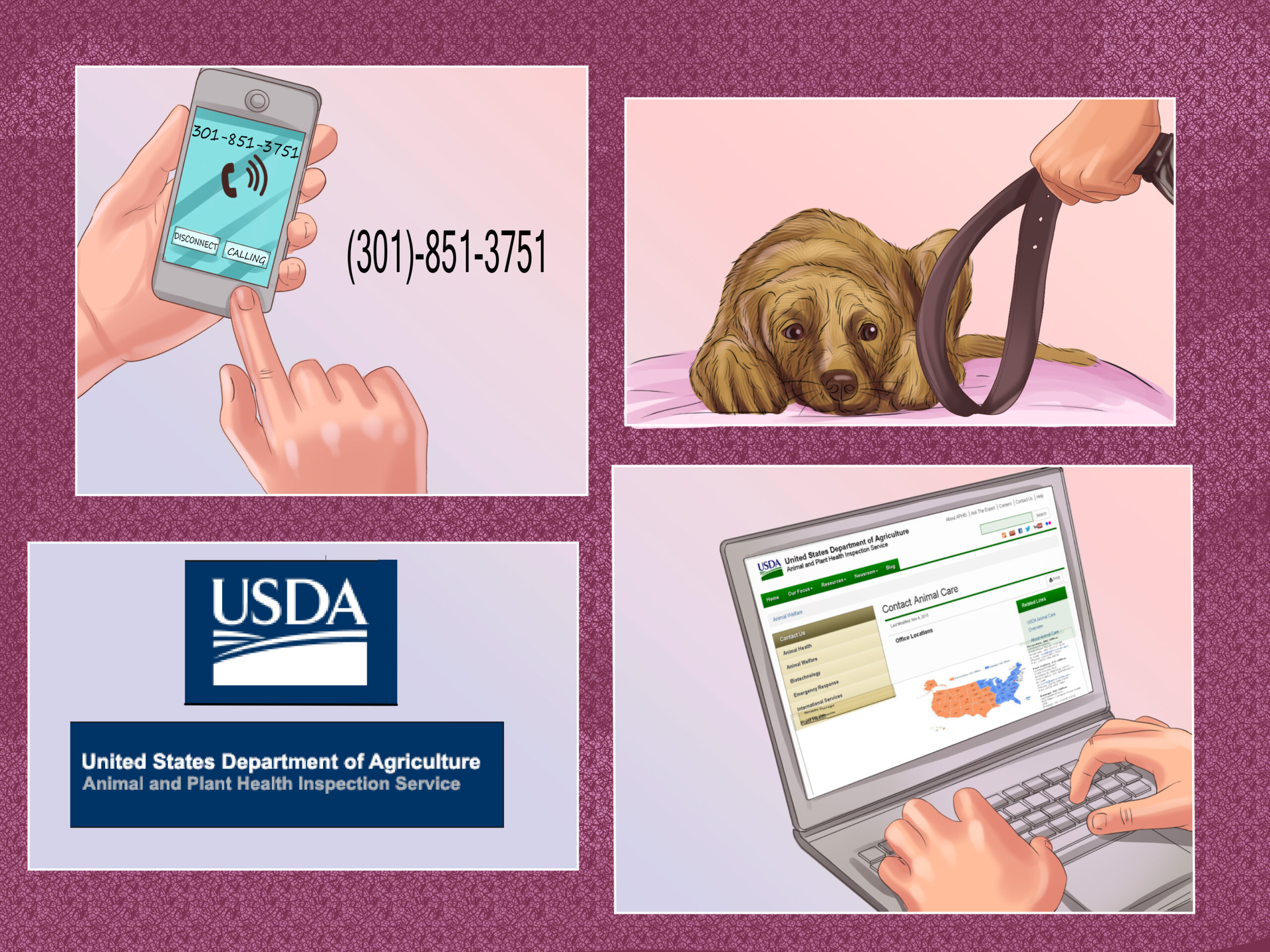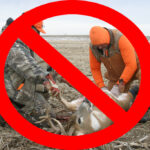Imagine walking down your street on a pleasant Texas afternoon and witnessing a distressing scene: a dog tethered too tightly in the blazing sun, exhibiting signs of distress. As a concerned resident of Travis County, you may ask yourself, “What can I do about this?” Reporting animal cruelty is not just a legal obligation but also a moral one. This article will delineate the requisite steps to report animal cruelty effectively and ensure that our four-legged friends receive the safety and care they so rightly deserve.
Before diving into the procedural steps, it is essential to establish what constitutes animal cruelty. According to Texas law, animal cruelty encompasses both neglect and intentional harm. Neglect may involve insufficient food, water, shelter, or medical care, while intentional cruelty could manifest as physical abuse or abandonment. Recognizing these indicators is paramount, as your vigilance can be pivotal in rescuing an animal from suffering.
Once you’ve identified potential cruelty, it is imperative to act swiftly. Here are the steps you should follow:
Gather Evidence
First and foremost, documentation is critical. Take detailed notes regarding the situation, including dates, times, and descriptions of the animal’s condition. If it is safe to do so, capture photographs or videos to corroborate your observations. Not only does this bolster your report, but it also serves as an essential record should further legal action be necessary. However, proceed with caution; the safety of both yourself and the animal is paramount.
Contact Local Authorities
In Travis County, the primary agency responsible for animal welfare is the Austin Animal Center. To report instances of animal cruelty, you can reach out to them directly via phone or through their website. When communicating your concerns, provide as much detailed information as possible, including the location, a description of the animal, and the nature of the observed cruelty. The more data you provide, the better equipped the authorities will be to respond appropriately.
If the situation appears urgent and the animal is in immediate danger, you should call 911. Police officers are trained to respond to such situations and can initiate a timely intervention.
Speak to Animal Control
Beyond reporting to local law enforcement, the Austin Animal Center has an animal control department specifically tasked with investigating reports of abuse and neglect. You can file a formal complaint, which will initiate an investigation. Again, your recorded evidence will play an invaluable role in this process.
Consult Community Resources
There are numerous nonprofit organizations dedicated to protecting animals that may also assist in reporting and addressing cruelty. Groups like the ASPCA or local animal advocacy organizations can offer guidance, resources, and even legal counsel if required. These organizations often have established channels for reporting cruelty, making the process smoother for concerned citizens.
Follow Up
After you’ve made your report, you might wonder, “What happens next?” It is crucial to follow up with the agency you contacted. Inquire about the status of your report and ask if there are any additional steps you can take. Persistence is essential; animal cruelty cases often require thorough investigation and can take time to resolve. Being proactive reinforces the importance of your report and signals to authorities that the situation demands attention.
Educating Others
Following your experience, consider educating your community. Engage neighbors in discussions about animal welfare and encourage them to be proactive. Host informational sessions or distribute pamphlets on recognizing and reporting animal cruelty. Awareness can lead to community action, empowering more residents to stand up for vulnerable animals.
Proclamation of Compassion
As you navigate this process, reflect on the ethics behind your actions. Advocating for animals is more than reporting; it is a commitment to their welfare and an acknowledgment of their inherent rights. Each report filed is a step towards a more compassionate community. In Travis County, ensuring the safety of animals is not merely a task but a shared responsibility.
Final Thoughts
In a world where animal cruelty regrettably persists, your actions can make a meaningful impact. By reporting suspected abuse, you are not just advocating for a single animal; you are fostering a culture of accountability and care throughout your community. In this journey, it is essential to remain vigilant and informed. So next time you observe something amiss, take the earnest step to act. Could you be the voice of change that helps an animal in distress? The answer lies in your hands.
Stay aware, stay compassionate, and never hesitate to report what you witness. Together, we can build a safer environment for all creatures great and small in Travis County.








